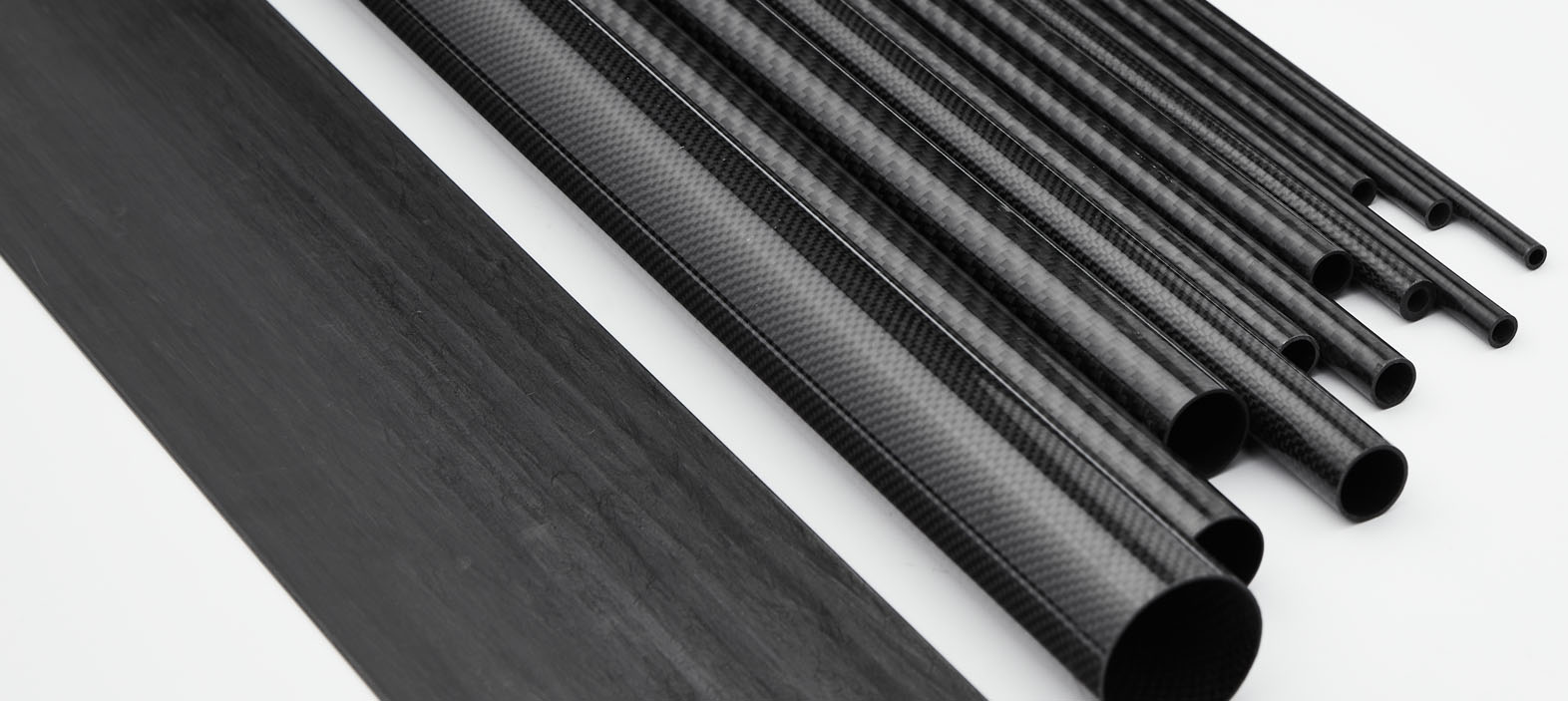
Carbon Fiber Connectors: Lightweight Solutions for High-Performance Applications
👁 Reads: 231
Carbon fiber connectors which offer lightweight and high-strength solutions are essential components in industries that demand exceptional performance such as aerospace, automotive, and industrial applications. These connectors are designed to provide efficient joining solutions that combine the best properties of carbon fiber – strength, lightness, and durability. This article provides an in-depth look into the types, manufacturing processes, and advantages of carbon fiber connectors, highlighting their growing importance across various sectors.
Types of Carbon Fiber Connectors
Carbon fiber connectors are primarily used for joining carbon fiber components, but they also extend to other materials and offer solutions where high strength and minimal weight are required. These connectors are typically categorized based on their design and function:
- Tube Connector Systems: These connectors are designed for use in tubular structures, which are common in aerospace and automotive applications. Tube connector systems allow for efficient assembly of frames, supports, and other structural elements by securely joining carbon fiber tubes.
- Carbon Fiber Joints: Engineered to handle complex stresses and forces, the composite fiber joints come in various configurations, such as T-joints, L-joints, and butt joints to cater to specific structural needs. The versatility of these joints makes them ideal for custom-engineered products in the aerospace and robotics industries.
- High-Performance Connectors: In aerospace or high-stress environments, high-performance carbon fiber connectors ensure that the components stay securely fastened, providing structural integrity and long-term reliability. These connectors are designed to withstand extreme temperatures, vibrations, and mechanical loads, ensuring safety and performance.
- Carbon Composite Connectors: These are a hybrid solution, combining carbon fiber with other composite materials to create connectors that offer additional strength, durability, or flexibility. They are typically used when a more tailored solution is needed to meet specific requirements in automotive or heavy-duty industrial applications. Even when structural strengthening is the priority carbon composite connectors are highly useful.
Manufacturing Processes for Carbon Fiber Connectors
The manufacturing of carbon fiber connectors involves several intricate processes that ensure the final product meets the stringent performance requirements. The key stages of production include:
- Pre-forming: In the first stage of manufacturing, carbon fiber is preformed into a mold or shape, typically using a resin infusion or compression molding process. This is where the initial structure of the connector is formed before the composite material hardens.
- Curing: Once the carbon fiber preform is made, it undergoes a curing process, typically in an autoclave. This high-pressure and high-temperature environment ensures that the carbon fiber resin bonds properly, creating a solid, durable connector.
- Molding and Shaping: After curing, the connector may undergo secondary molding and shaping to achieve precise dimensions or complex geometries. This step ensures that connectors fit their intended applications, whether they are tube connectors or more specialized joint solutions.
- Assembly: For multi-part connectors, assembly is a final step that may involve integrating additional parts such as screws, fasteners, or seals. This ensures the structural integrity of the finished product and that all elements function as intended.
- Inspection and Testing: Before carbon fiber connectors are sent to market, they undergo thorough quality checks and testing. This includes visual inspections, dimensional checks, and mechanical testing to ensure they meet the required standards and are free from defects.
Advantages of Carbon Fiber Connectors
The widespread adoption of carbon fiber connectors can be attributed to the numerous advantages they offer over traditional materials like steel and aluminum. Some key benefits include:
- Lightweight: Carbon fiber connectors are incredibly light compared to metals like steel or aluminum. This weight reduction translates into improved fuel efficiency in aerospace and automotive applications, as well as better performance in robotics and industrial systems.
- High Strength-to-Weight Ratio: One of carbon fiber's most remarkable characteristics is its high strength-to-weight ratio. Carbon fiber connectors can handle high mechanical loads while maintaining a lightweight profile, making them ideal for use in high-performance applications where strength and weight are critical factors.
- Corrosion Resistance: Unlike metals, carbon fiber connectors are immune to corrosion, even when exposed to harsh environmental conditions such as moisture or chemicals. This makes them particularly well-suited for use in automotive, marine, and aerospace industries, where environmental exposure is a concern.
- Durability and Longevity: Carbon fiber connectors are highly durable, offering long service lives in demanding applications. They are resistant to fatigue, reducing the need for frequent replacements and maintenance.
- Customization: The versatility of carbon fiber allows for the production of highly specialized and custom connector solutions. Manufacturers can design connectors tailored to meet the specific needs of a project, offering a high degree of flexibility in product design.
Carbon fiber connectors are playing an increasingly important role in industries that demand lightweight, high-performance components. Their ability to combine strength, lightness, and durability makes them an attractive solution for aerospace, automotive, and industrial applications. As manufacturing techniques evolve and the demand for lightweight materials continues to rise, carbon fiber connectors will remain at the forefront of high-performance solutions.





